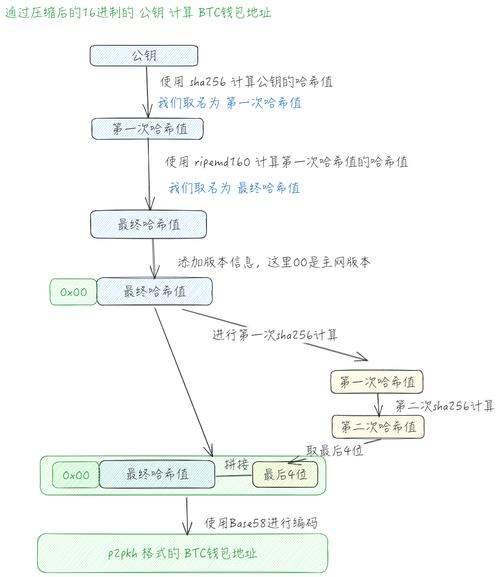Understanding ASIC Prices: A Comprehensive Guide
Understanding ASIC Prices: A Comprehensive Guide

When it comes to the world of semiconductors, ASIC prices play a pivotal role in determining the cost-effectiveness and performance of various applications. As an individual looking to understand the intricacies of ASIC pricing, this guide will delve into the various factors that influence these costs and provide insights into how to navigate the market.
What is an ASIC?

An Application-Specific Integrated Circuit (ASIC) is a type of microchip designed for a specific application, as opposed to general-purpose integrated circuits (ICs) like CPUs or GPUs. ASICs are tailored to perform a particular function, which can range from processing digital signals to executing complex algorithms. Their specialized nature often results in higher performance and lower power consumption compared to general-purpose ICs.
Factors Influencing ASIC Prices

Several factors contribute to the pricing of ASICs, and understanding these can help you make informed decisions when considering a purchase.
| Factor | Description |
|---|---|
| Design Complexity | Complex designs require more time, resources, and expertise, leading to higher costs. |
| Process Technology | Advanced process technologies, such as 7nm or 5nm, offer better performance but come at a premium. |
| Volume of Production | Producing a large volume of ASICs can lead to economies of scale, resulting in lower unit costs. |
| Customization | Customizing an ASIC to meet specific requirements can increase costs, but also provide better performance and efficiency. |
| Supply Chain | Supply chain disruptions or limited availability of components can drive up prices. |
Market Trends
The market for ASICs is dynamic, with several key trends influencing prices:
-
Increased demand for AI and machine learning applications is driving the need for specialized ASICs, which can lead to higher prices.
-
Emerging technologies, such as 5G and IoT, are creating new opportunities for ASICs, further impacting prices.
-
Global supply chain challenges, such as those caused by the COVID-19 pandemic, can lead to price volatility.
Comparing ASIC Prices
When comparing ASIC prices, it’s essential to consider the following aspects:
-
Performance: Higher performance often comes at a higher price, but it may be necessary for certain applications.
-
Power Consumption: Lower power consumption can lead to lower operating costs, but it may also result in higher prices.
-
Cost of Ownership: Consider the total cost of ownership, including development, production, and maintenance costs.
Conclusion
Understanding ASIC prices requires considering various factors, including design complexity, process technology, volume of production, customization, and market trends. By taking these factors into account, you can make informed decisions when selecting an ASIC for your specific needs.






